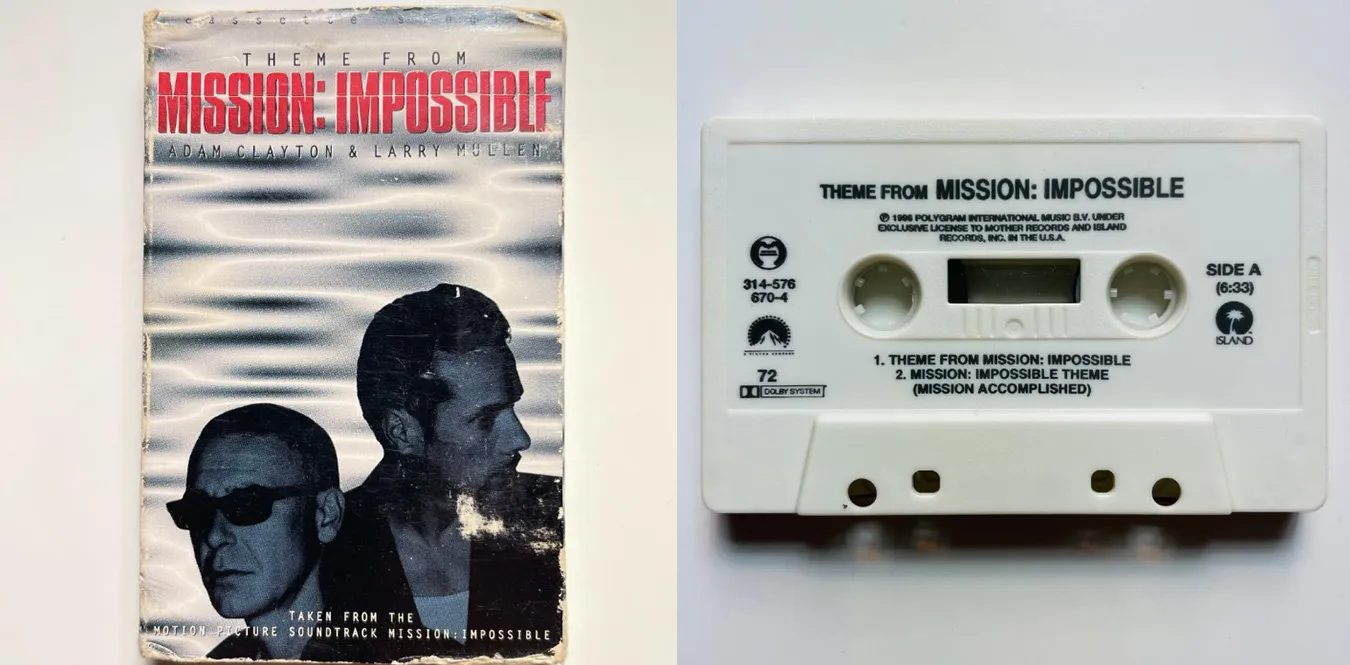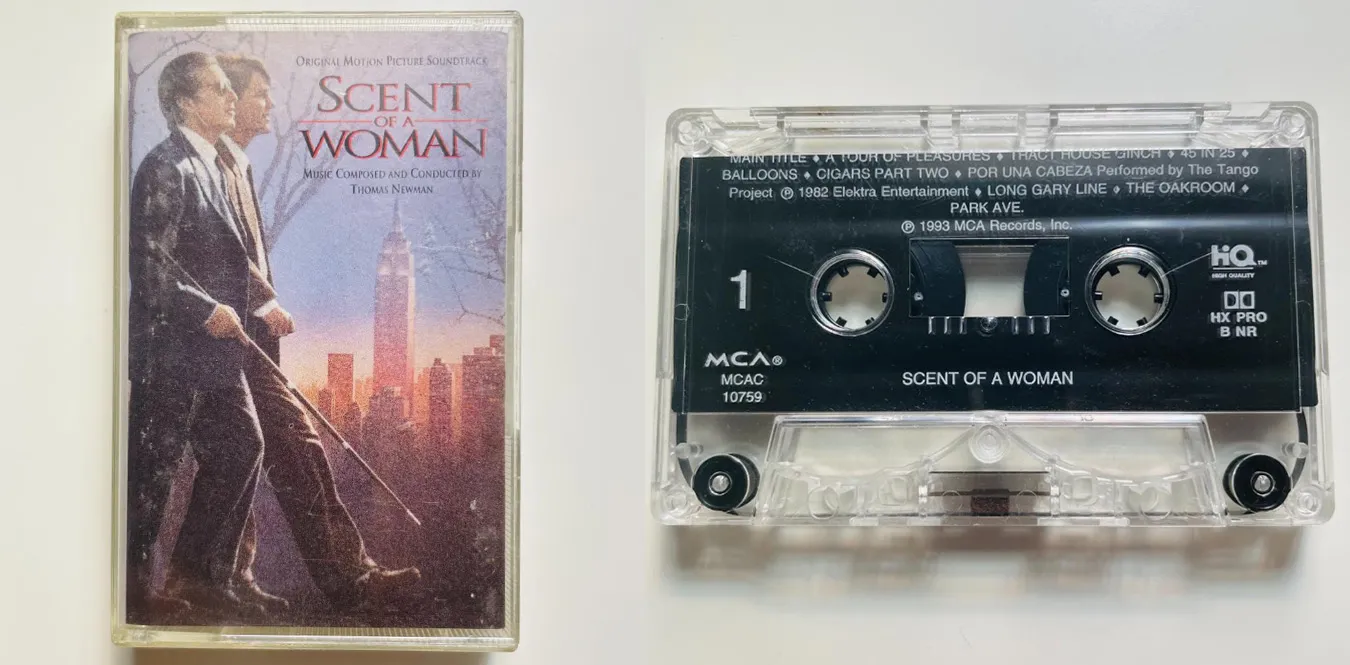![[Column] Western horror movies and their soundtracks since 2010](/../assets/images/column-horror-soundtrack.webp)
Prologue: The Age of Silent Terror and Low Frequency
Text: mmr|Theme: From A24 to Blumhouse to AI horror–unraveling the “horror of sound” that has dominated horror films since the 2010s, from both cultural history and acoustic aesthetics.
In the 2010s, horror movies have transformed into an art form that is more conscious of sound than ever before. Jump scares are a thing of the past, and instead low frequencies, environmental noise, and reverberations dominate the scares. This was also an application of the psychoacoustic discovery that hearing affects the deeper psyche more directly than vision.
Horror movies of this era not only gave fear, but also ““eroded”’ the audience”s inner world through sound. At the center of this change were a new generation of production studios such as A24 and Blumhouse.
Chapter 1: A24’s “terrifying new sound”
The arrival of A24 elevated horror into the context of art cinema. “The Witch” (2015) is a symbol of this. The score by Mark Korven rejects melody, with a prayerful drone composed of wooden instruments and microtones that grips the audience’s nerves. The acoustic design, which blurs the line between silence and noise, was at the heart of the A24 aesthetic.
In the following Hereditary/Hereditary (2018), Colin Stetson’s saxophonic drone creates an unusual tension. The breath sound, the resonance of the distorted reeds, the vibrations of the deep bass–these things make you feel the presence of an “invisible presence” physically.
In “Midsommar” (2019) (https://amzn.to/3WzeBFe), [The Haxan Cloak] (https://amzn.to/4mV3nFT) and [Bobby Krlic] (https://amzn.to/473kC1M) fuse Nordic folk ritual music with electronic noise. Contrary to the sunny images, the sound blurred the line between celebration and madness, opening up a new frontier for horror.
A24’s horror sound system shakes the audience with ““whispers” rather than ““screams.”
Chapter 2: Blumhouse Horror Sound Design
Blumhouse Productions, by contrast, amplified the fear with a low budget but detailed sound design. Joseph Bishara was in charge of the composition for ‘Insidious” (2010) and “The Conjuring’ (2013). The “wall of sound” that distorts the strings to their limits and layers white noise is like an exorcism nightmare.
In Get Out (2017), Michael Abels constructs a jazz score that inverts the chord progression of Negro spirituals. The sound translates social fear = structure of racism into sound. This is a rare example of music serving a political function as part of storytelling.
In ["”The Invisible Man’’ (2020)] (https://amzn.to/48qvBVt), [Benjamin Wallfisch] (https://amzn.to/46ZWI7p) embodies the “invisible presence” with electronic sounds. The design of the negative acoustic space shines, as the moment when no sound is heard creates the greatest fear.
Chapter 3: Resurrection of retro horror and analog sound
In the mid-2010s, the ’80s horror sound made a comeback. In “It Follows” (2014), Disasterpeace visualizes the fear of being chased with cold synth-based arpeggios. The track became popular in club culture, and served as an opportunity for retro synths to be reevaluated.
"”The Guest”’ (2014) is a modern reinterpretation of John Carpenter”s electronic suspense. The retrowave wave was spreading, and Kyle Dixon & Michael Stein’s score for Stranger Things set the tone.
The ““fusion of nostalgia and fear’’ through electronic sounds dominated the 2010s as a sound horror aesthetic directly descended from Carpenter.
Chapter 4: Sound and Silence of European Art Horror
In addition to A24, horror films that pursue the “aesthetics of silence” have appeared in Europe. Directed by Luca Guadagnino [Suspiria (2018)] (https://amzn.to/4hee5Gs), [Thom Yorke] (https://amzn.to/4nWkJmY) created a sound of prayer and despair centered around piano and synth. This is a homage to the Goblin version Suspiria (1977), and at the same time a sonic poem of loss and rebirth.
Saint Maud (2019) is a scene of silence and auditory hallucinations that seems to engulf religious madness. In Norway”s [“Thelma” (2017)] (https://amzn.to/4q6uf8J) and Sweden”s [‘Border’ (2018)] (https://amzn.to/48W9tCu), icy drone sounds reproduce the Scandinavian cold.
Silence, environmental sounds, breathing—these create a religious fear that goes beyond the visual.
Chapter 5: Fusion of horror x electronic music culture
Electronic musicians like Oneohtrix Point Never, Ben Frost, and Mica Levi entered the scene from the “outside” of horror sound and changed film music. Ben Frost”s “Dark” series and “Super Dark Times’ (2017) create an aural sense of unease with drone and distortion. Mica Levi’s "”Under the Skin’’ (2013) presents the feeling of an alien foreign body as a deviation from the musical scale.
Furthermore, horror soundtracks are recirculated as analog records, Death Waltz and Waxwork Records re-evaluated horror music as a ““listening cultural heritage’’. The phenomenon of club DJs incorporating horror soundtracks into their sets has become widespread. It was a time when film music and club culture were intertwined in a strange way.
Chapter 6: Asian Horror Internationalization and Sound Locality
The unique horror sound is attracting attention in Asia as well. In The Wailing (2016/Korea), folk ritual music blurs the line between fear and prayer. Japanese horror sound ── Kenji Kawai (“Ring”) and Hiroshi Takahashi”s method— It was passed down to the world as a fear etiquette using silence and environmental sounds.
As Netflix titles consolidate the global market, The ““sound folklore’’ of each region is gaining a new position in global horror. Sound transcends language. Fear needs no translation.
Chapter 7: AI and the future of horror audio
"”Skinamarink’’ (2022) is a new-age horror film composed of household camera noise and spatial distortion. Sound is hardly music, but merely “reverberations.” But it is that missing sound that evokes the most human fears.
AI-generated music is already venturing into the realm of horror sound. Using deep learning to imitate human fear reactions, It is now possible to generate uncanny valley sounds that make you feel that something is wrong.
From surround sound in movie theaters to spatial sound in earphones── Fear is no longer confined to the ears of individuals.
Final chapter: Fear is audible — the cultural significance of modern horror audio
In horror films since 2010, sound has gone beyond mere presentation and has become a medium that questions the very existence of the film. Colin Stetson”s bass breath, Disasterpeace”s electronic tension, Bobby Krlic’s ritualistic rhythm. All of these are acoustic translations of the question, “What is fear?”
The sounds of horror resonate with social anxiety and individual loneliness. It is also music that aims to regain the ““deep emotion’’ that pop music has lost. The next generation of horror composers already has an ear for turning horror into art.
Chronology of major contemporary horror works
Soundtrack Discography
| Year | Title | Composer | Label | Link |
|---|---|---|---|---|
| 2014 | It Follows | Disasterpeace | Milan Records | Amazon |
| 2018 | Hereditary | Colin Stetson | Milan Records | Amazon |
| 2019 | Midsommar | Bobby Krlic (The Haxan Cloak) | Milan Records | Amazon |
| 2017 | Get Out | Michael Abels | Back Lot Music | Amazon |
| 2020 | The Invisible Man | Benjamin Wallfisch | Back Lot Music | Amazon |
“Horror films no longer scream — they hum, resonate, and breathe.” ― From the words of A24 producer
Related columns
🔗 [Column] Media history of film music: How did sound get from the screen to the speakers? ](https://monumental-movement.jp/Column-Soundtrack)

![[Column] Wrong Way Up and](/../assets/images/column-wrong-way-up-beach.webp)

